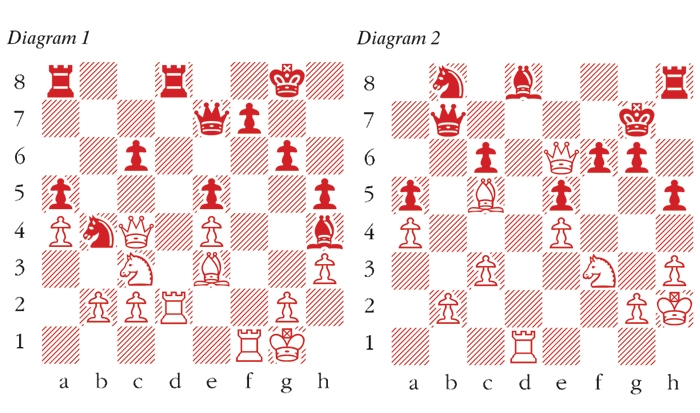Sadly, Michael Adams, for many years Britain’s leading grandmaster, will not be playing in the British Championship, which starts next week. Michael is often referred to as ‘Spidey’ because of the way he spins a web to ensnare his opponents. The most spidery player ever was Anatoly Karpov, world champion from 1975, when he beat Bobby Fischer by default, to 1985, when the young genius Garry Kasparov took over.
A new book by international master Sam Collins, in the well-known Everyman Move by Move teaching format, brings out these refined qualities in Karpov’s play and shows how he was able to reduce even the most formidable opposition to utter helplessness. Notes to the following game are based on those in the book.
Karpov-Spassky: Candidates Semi-Final, Leningrad 1974; Sicilian Defence
1 e4 c5 2 Nf3 e6 3 d4 cxd4 4 Nxd4 Nf6 5 Nc3 d6 6 Be2 Be7 7 0-0 0-0 8 f4 Nc6 9 Be3 Bd7 10 Nb3 Karpov decides to avoid simplification and leave Spassky with more work to do in order to bring his pieces into play. 10 … a5 11 a4 Nb4 12 Bf3 Bc6 13 Nd4 g6 14 Rf2 e5 15 Nxc6 bxc6 16 fxe5 dxe5 17 Qf1 Of all Karpov’s attributes, perhaps the most difficult to imitate is his uncanny ability to co-ordinate his pieces. There are some positions where good co-ordination can be achieved easily, or according to a standard pattern. However, Karpov had a remarkable capacity to make apparently ‘strange’ moves, after which his pieces prove perfectly placed to deal with any transformation of the position. 17 Qf1 is an excellent illustration of this. 17 … Qc8 18 h3 Nd7 19 Bg4 h5 20 Bxd7 Qxd7 21 Qc4 Bh4 22 Rd2 Qe7 23 Rf1 Rfd8 (see diagram 1) 24 Nb1 One of the most memorable moves in chess history.






Comments
Join the debate for just £1 a month
Be part of the conversation with other Spectator readers by getting your first three months for £3.
UNLOCK ACCESS Just £1 a monthAlready a subscriber? Log in